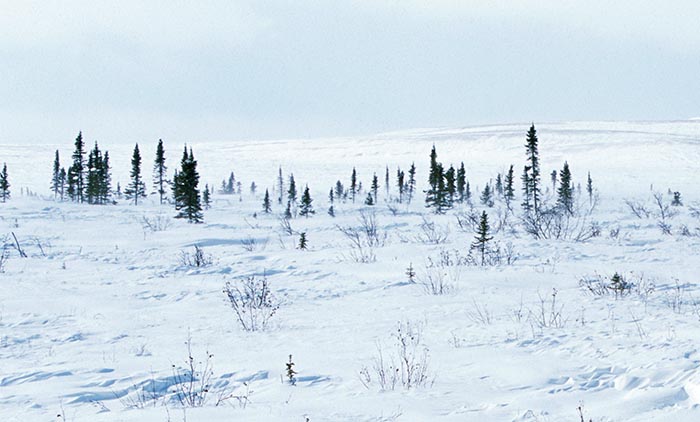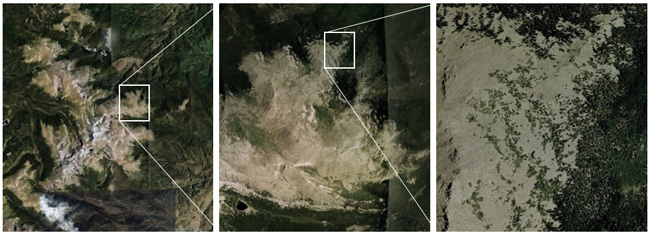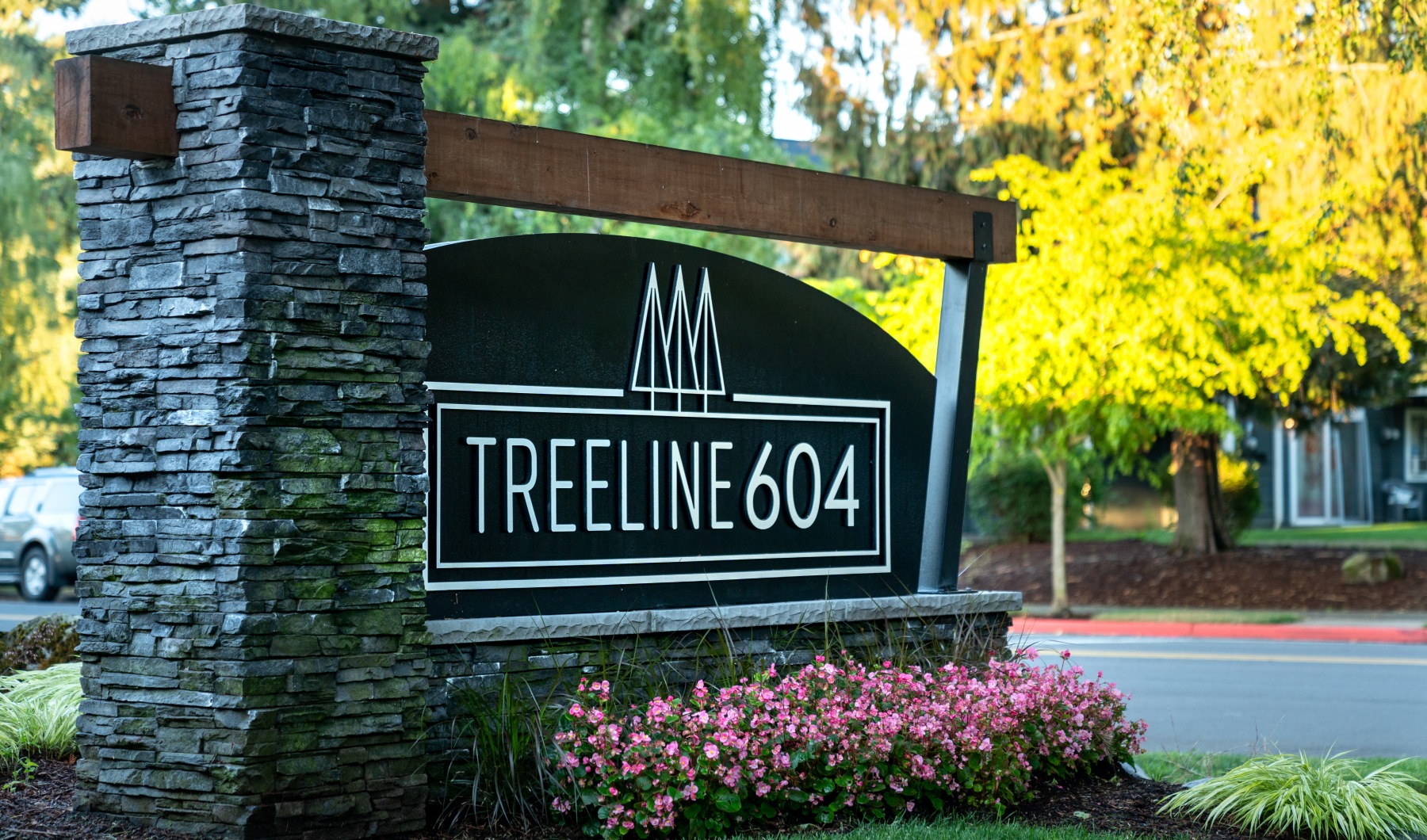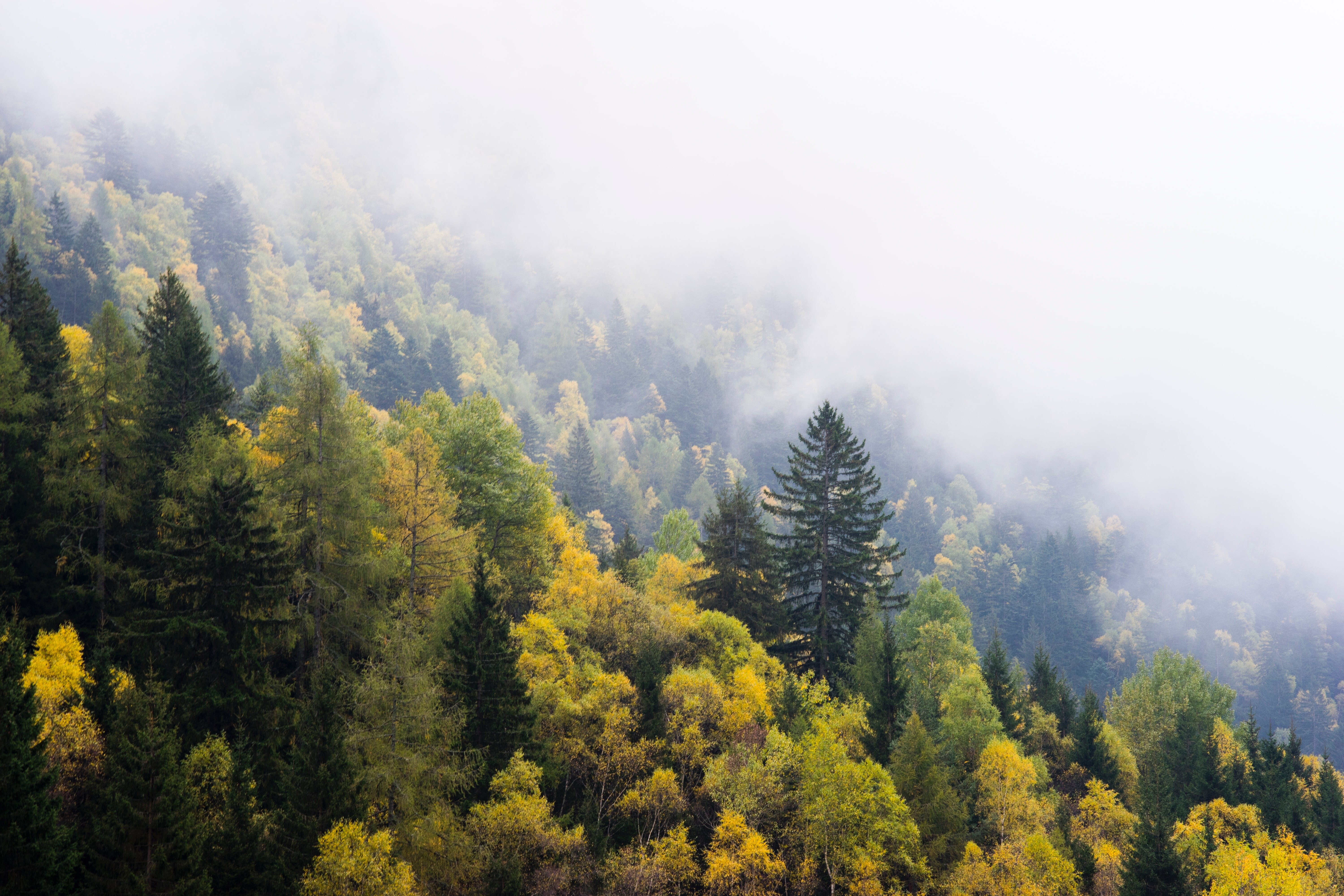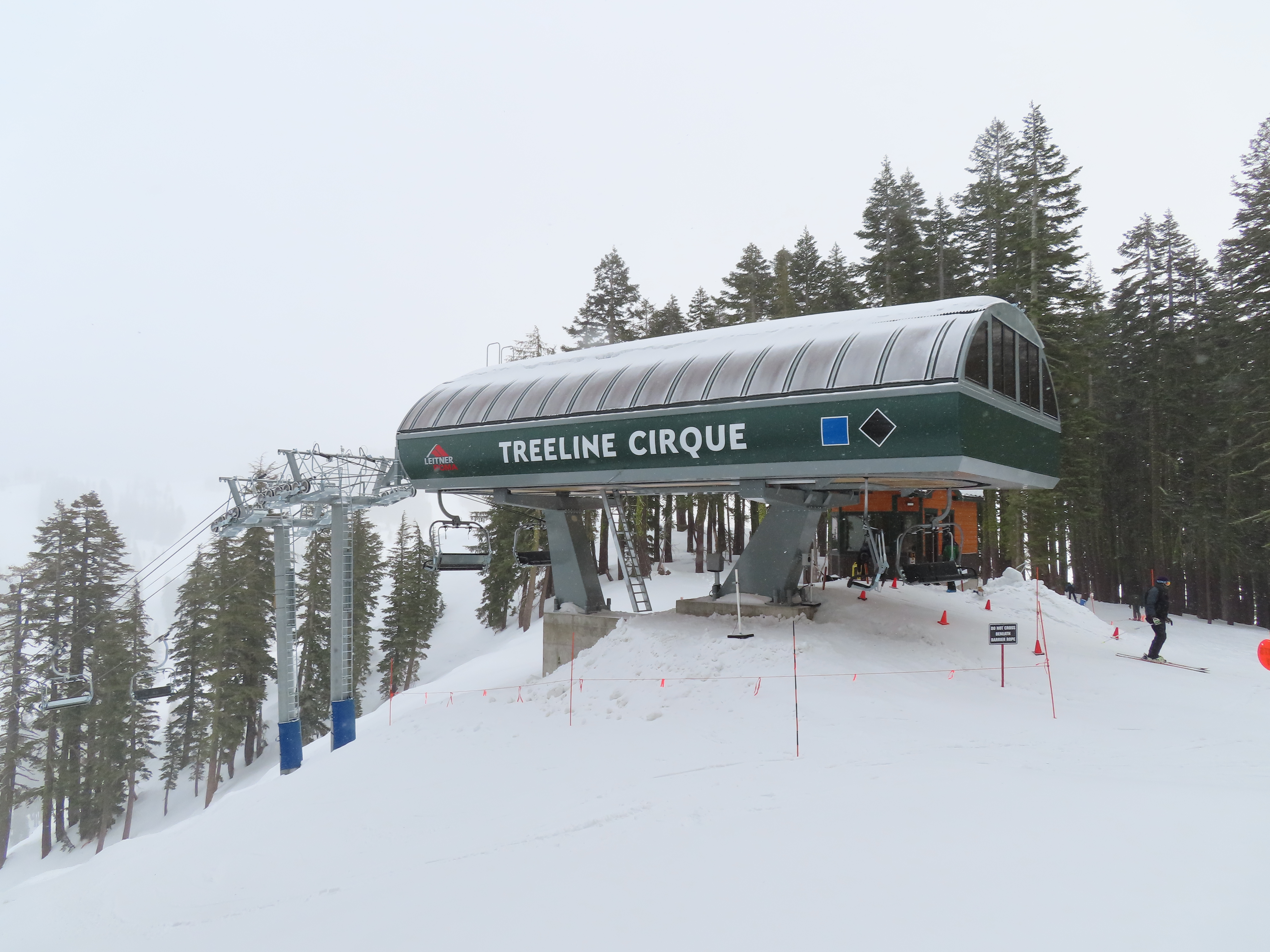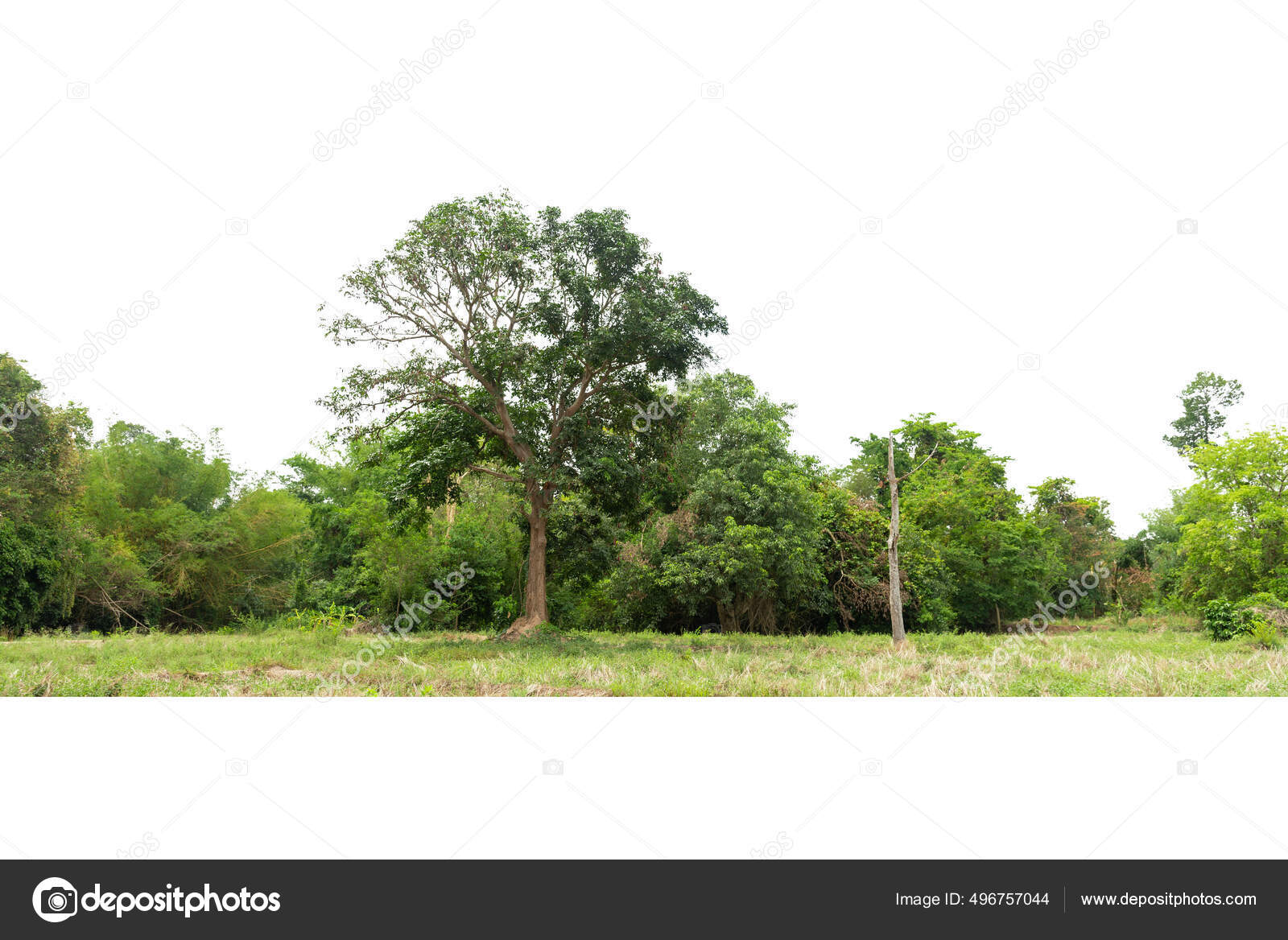Forests, Free Full-Text
By A Mystery Man Writer
Last updated 17 Jul 2024
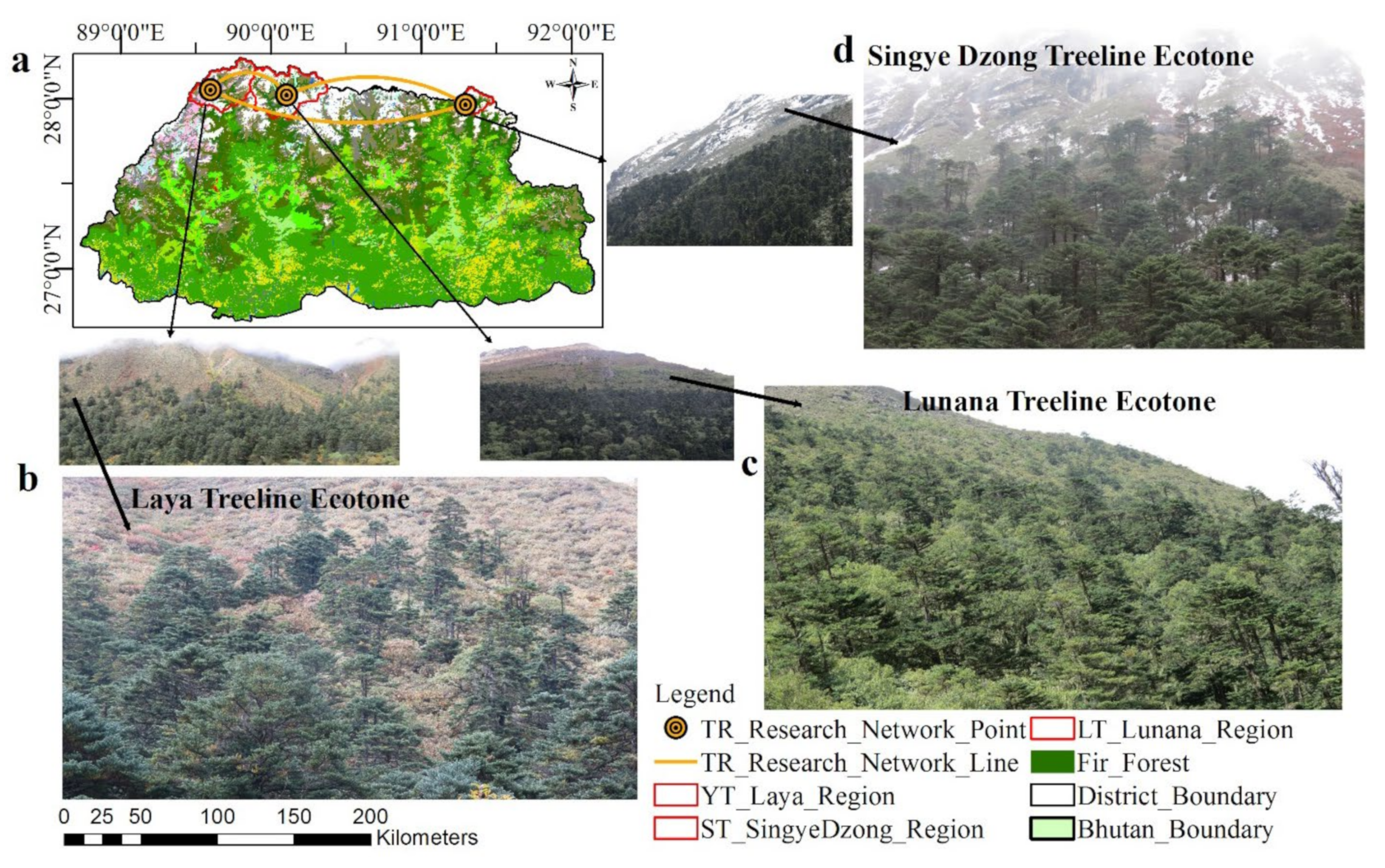
The alpine treeline ecotones are an early indicator of vegetation’s response to changes in climate, and the advancement of diffuse treeline ecotones has been associated with mean annual warming temperatures. However, the knowledge of how tree demographic size, age and population distribution, and regeneration decrease with increasing elevation and mean annual temperature remain fragmentary in Bhutan. There was no explanation of how treelines migrate in response to the climate. Therefore, the objectives of this study were to investigate tree demographic size and age and population distribution, as well as the regeneration expansion of treeline ecotones of Abies densa trees in response to climate change. Demographic data from thirty transect bands from treeline ecotones and reconstructed mean annual temperatures from tree-rings were used. Regression analysis was used to establish a relationship between elevation/temperature and demographic tree size and age, as well as to determine recruitment frequency distributions and whether these could be driven by climate change. The tree demography indicated that the treeline ecotone in our sampling site is temperature limited. Hence, cooler temperatures at higher elevations should drive decreases in basal diameter, age and recruitment frequencies. From the dendroecological analysis, the diffuse treeline ecotones appear to be climbing on average 1.00 m per year in Northern Bhutan. We also found that the recruitment frequency has increased over recent years (1850–2017), as temperatures continue to rise. The thermal treeline ecotones will be likely to serve as a line of bioclimatic reference against which other zones of bioclimate can be defined. With documented responses of treeline ecotones toward mean annual temperatures, the expectation is that additional warming will continue to influence regeneration expansion in the future. This dynamic response of treeline ecotones towards the climate acts as an indicator of climate change. Information about climbing treelines and altered ecotones should be a vital part of the material for decision makers to consider, to assess impacts and threats to Himalayan alpine biota.

The Rainforest: tropical forest facts, photos, and information

8,984,738 Forest Stock Photos - Free & Royalty-Free Stock Photos
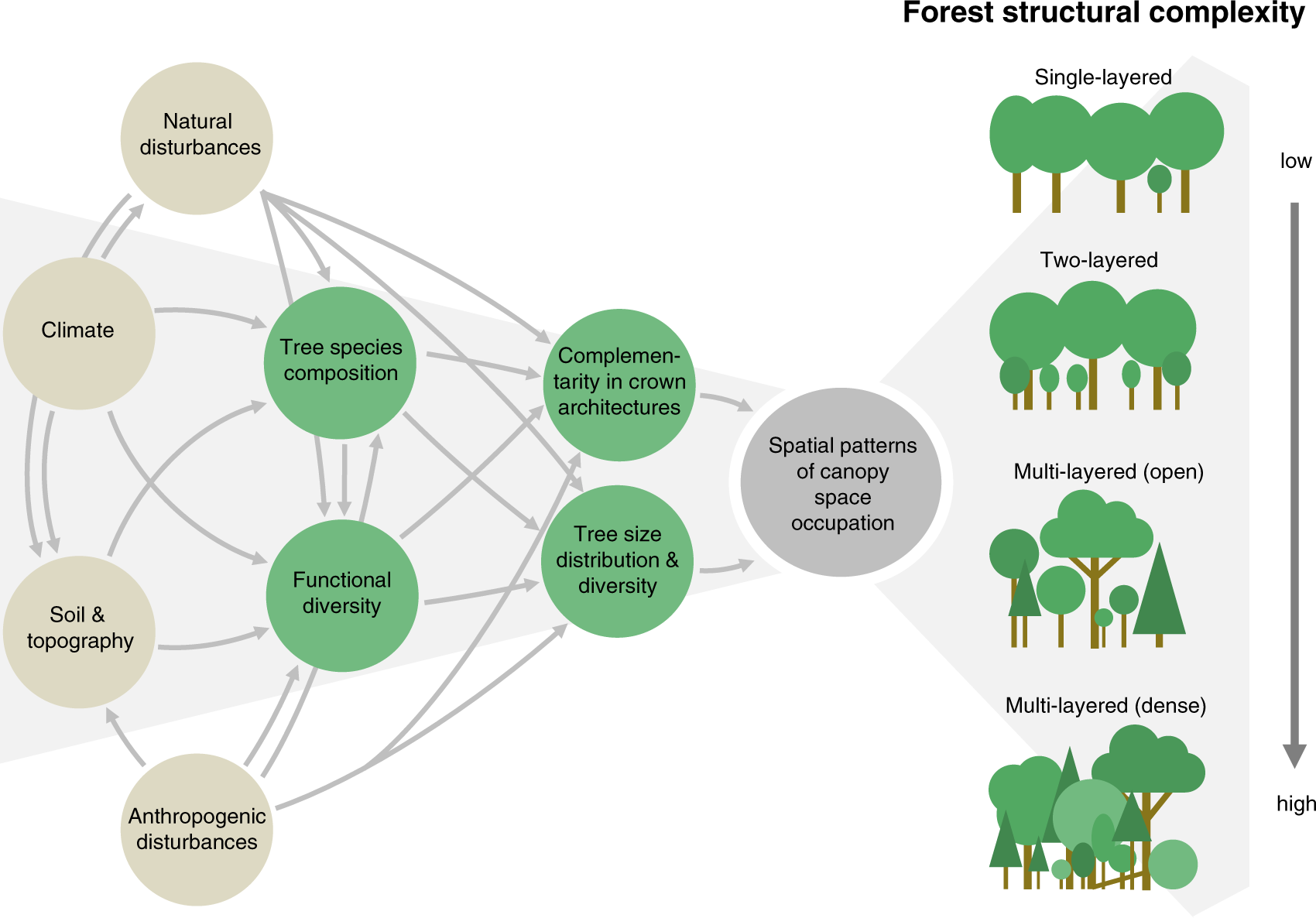
Global patterns and climatic controls of forest structural
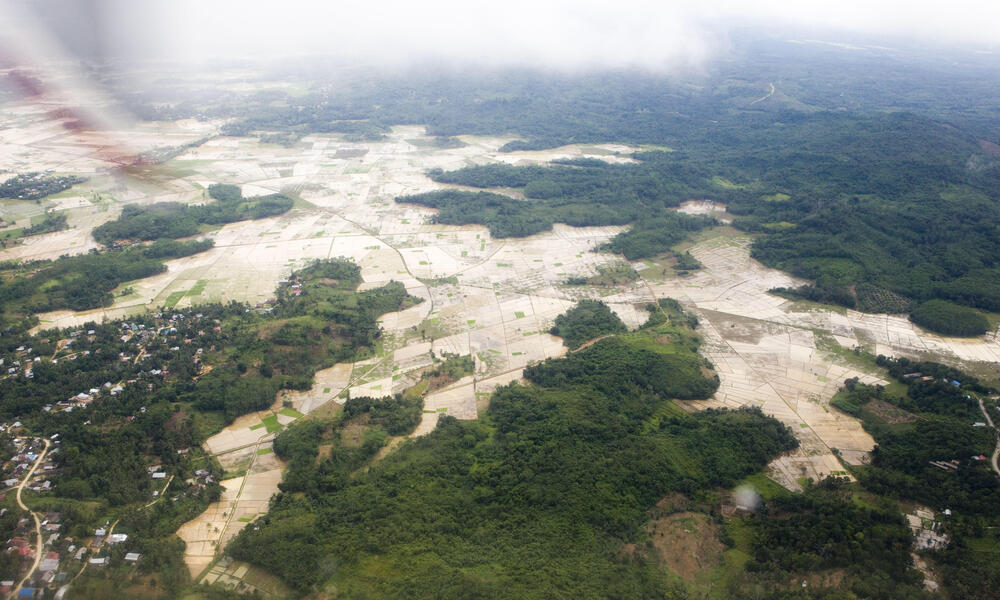
Deforestation and Forest Degradation, Threats

Forests, Free Full-Text, dale moreno significado

PDF) Potential of Birch (Betula pendula Roth and B. pubescens Ehrh.) for Forestry and Forest-Based Industry Sector within the Changing Climatic and Socio-Economic Context of Western Europe

Forests, Free Full-Text
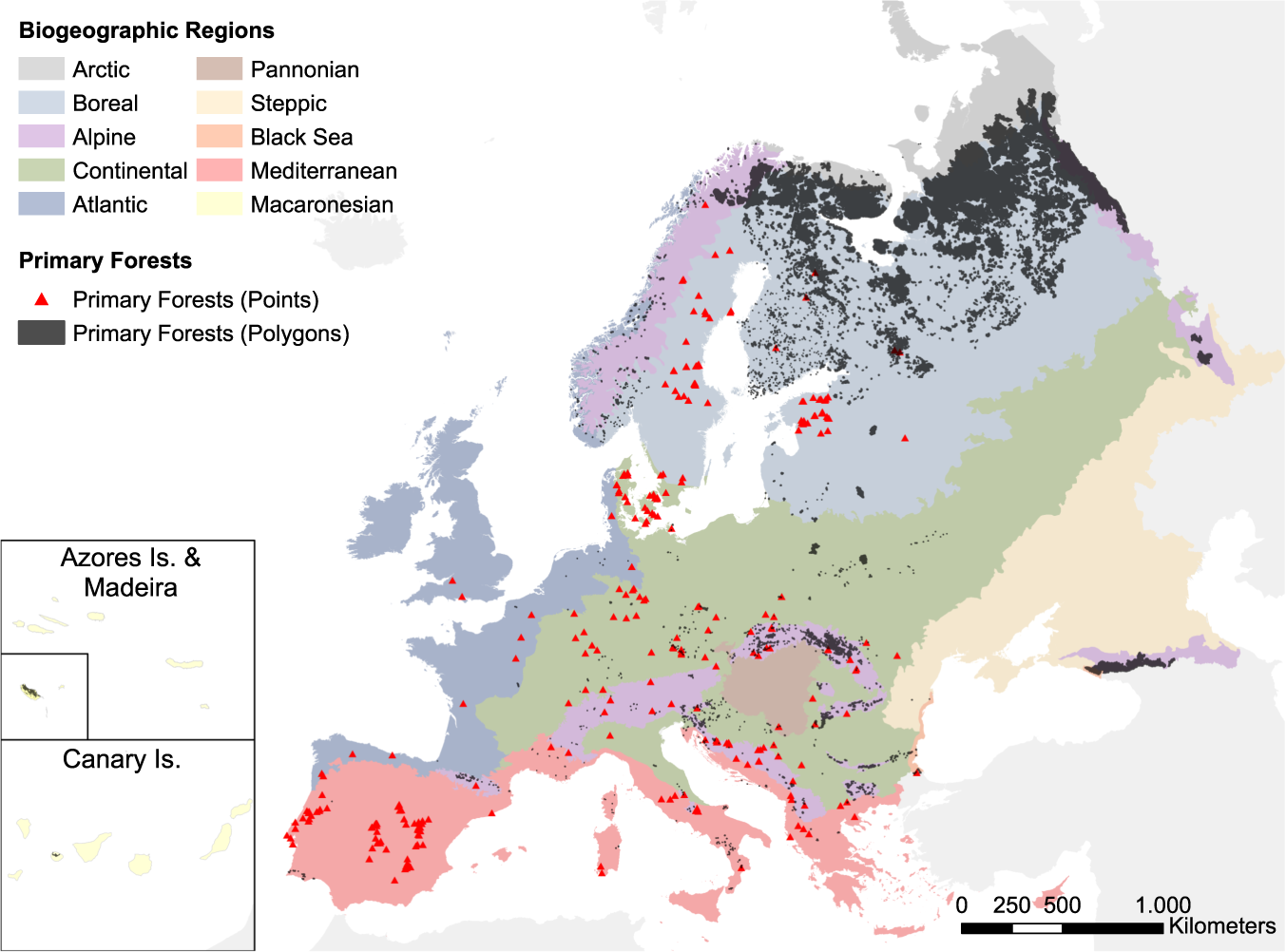
European primary forest database v2.0

Forest Notes Forest Society

Frugal FavoriDeterminants of tree sway frequency in temperate deciduous forests of the Northeast United States - ScienceDirect, trees vibrational energy
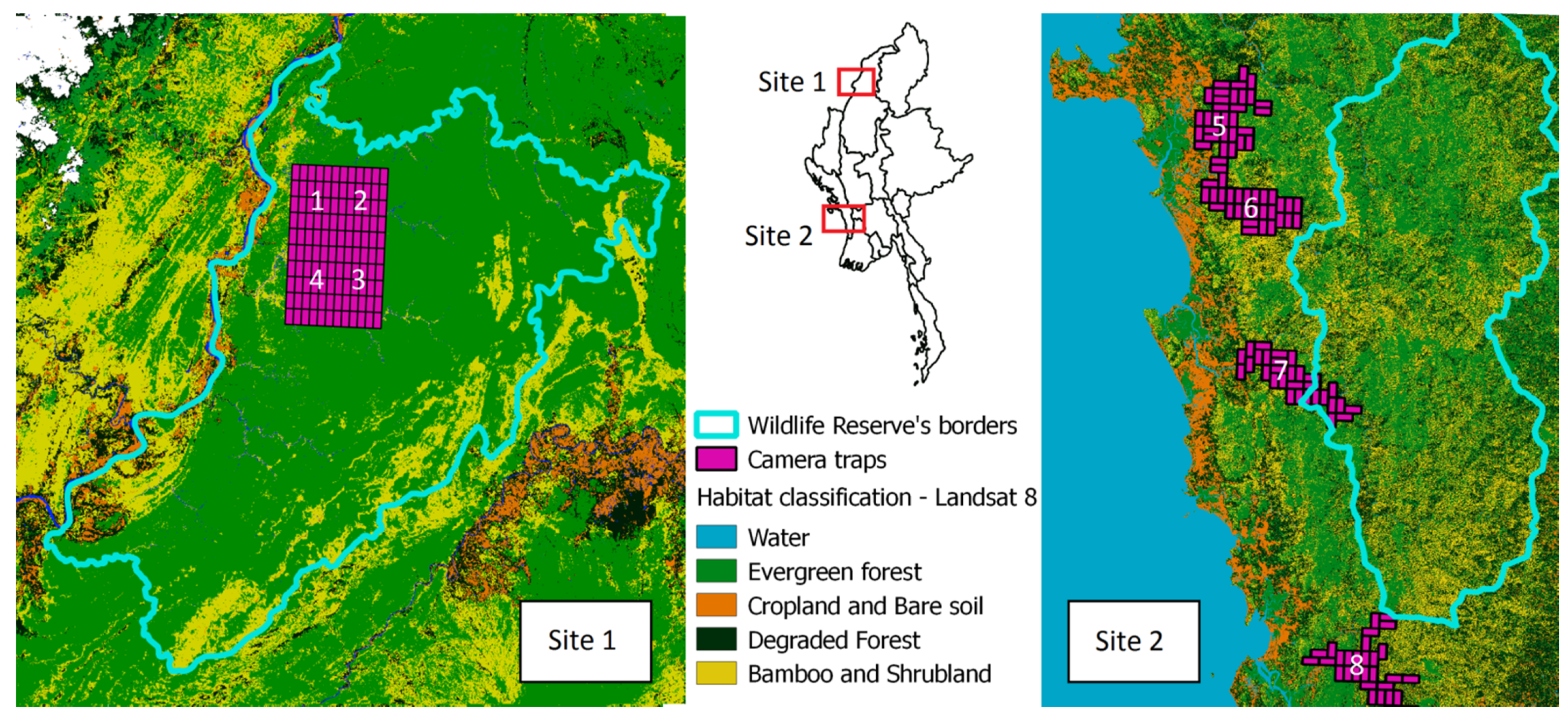
Forests, Free Full-Text

Transforming food systems with trees and forests - The Lancet

The Forest Overstory Podcast, Extension Forestry

Regional‐scale Forest Restoration Effects On Ecosystem, 49% OFF
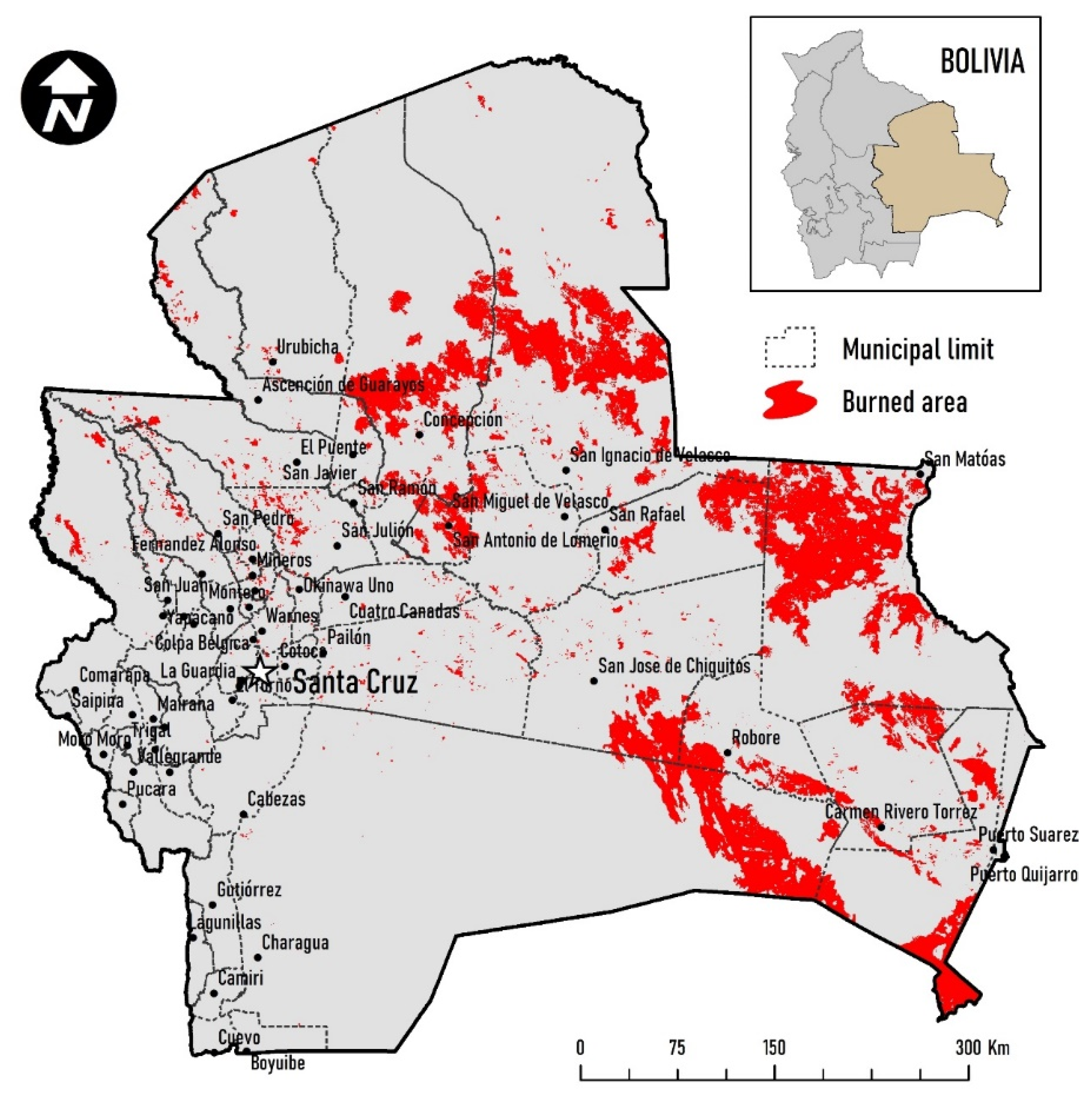
Forests, Free Full-Text
Recommended for you
You may also like

